
If you have smart home devices or are considering turning your home into a smart home, you’re probably aware that you need a smart bridge — a sandwich-sized box that connects to your wireless router. The smart bridge is arguably the most important part of a contemporary smart home. In fact, it’s more often than not what makes your smart home, “smart.” But why?
A Bridge to a Smarter Home
While you can fill your house with smart thermostats, light bulbs, locks, vents and more, you often can’t control them or get them to work together on their own. Cue the smart bridge (or smart hub), the missing link between smart devices without WiFi chips and a home network. It literally acts as a bridge between smart devices and the internet, allowing you to connect, monitor and control all of your smart devices from a single mobile device anywhere in the world.
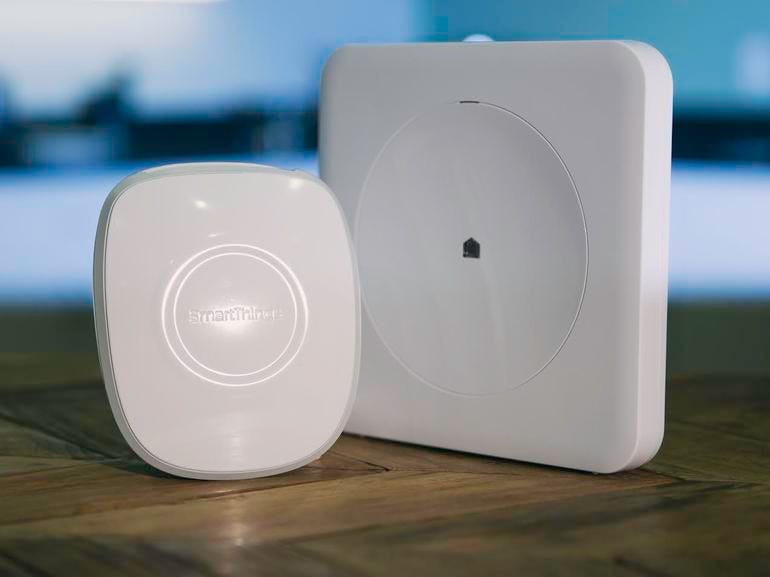
The Keen Home Smart Bridge is a crucial component of the Smart Vent ecosystem. We built our own for homeowners who don’t already have one, but Smart Vents also work with hubs from our integration partners — Lowe's Iris and SmartThings to start.
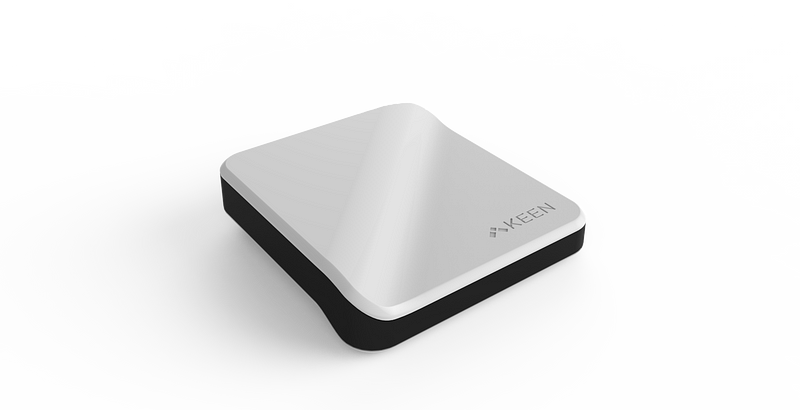
Hardware, software and firmware are the essential elements that make up the smart bridge. To keep it simple, our smart bridge contains four hardware components: a ZigBee wireless radio, a micro-controller, an Ethernet jack, and an LED light. As soon as the bridge is connected to a router and a home’s Smart Vents, the system comes to life. Commands from your smartphone make the vents take action to fix imbalances, and our controls algorithms continuously running in the Keen Cloud automate the vents’ operation.
But this process isn’t as seamless as it may seem. The Smart Vents and a home’s wireless network speak completely different languages, so a lot of information translation is occurring behind the scenes. This is what the smart bridge was made to do.
Communicating With The Network
Keen Home Smart Vents communicate with our smart bridge using the low power communication protocol ZigBee, based on the IEEE 802.15.4 standard. Because of ZigBee’s low power nature, we can squeeze two or more years out of the four batteries we include in with every Smart Vent. If we had gone with WiFi — which precludes the need for a hub — the Smart Vents wouldn’t be half as power efficient. ZigBee also has the added benefit of its meshing capabilities, which allow the easy addition of range extenders (for example, another Keen Home Smart Bridge) to the ZigBee network.
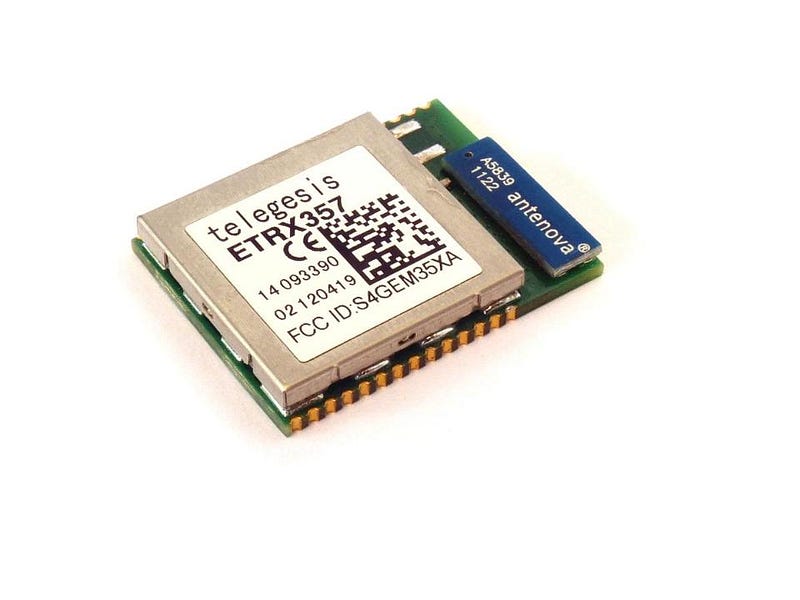
The bridge itself plugs directly into a homeowner’s existing gateway or WiFi router, connecting it to the internet. Once an internet connection is established, data — such as firmware updates or triggers from our control algorithms — travels from our servers to the bridge. From there, the data must be continuously translated into ZigBee protocol and transmitted to the Smart Vents so that they can receive them. Conversely, if the integrated temperature and pressure sensor in each Smart Vent sends information to the Keen Cloud, it first passes through the bridge where it is translated from 802.15.4 into packets of information that can be understood by our software backend. The information is logged, fed to our controls algorithms, and then sent back to the Smart Vents. The same process occurs when a homeowner sends a command to the Smart Vents, only in reverse.
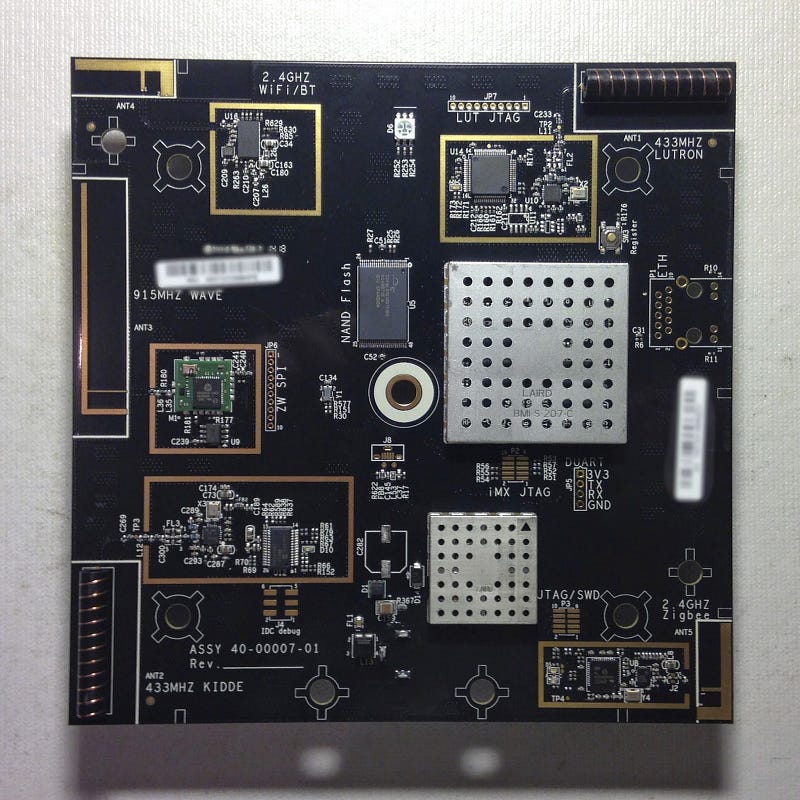
The Keen Home Smart Bridge is not a whole home automation hub like those from our partners, SmartThings and Lowe’s Iris. Theirs contain Z-wave and Zigbee radios, and in some cases — like with Wink’s hub — WiFi and Bluetooth radios as well. Our smart bridge is capable of supporting ZigBee and Thread with it’s 802.15.4 radio, and is designed specifically to communicate solely with Smart Vents and future Keen Home products. This allows us to focus all of our energy on building the best infrastructure and interface for Keen Home users, while simultaneously supporting interoperability with other platforms, all without needing to build our own meta platforms for an endless landscape of connected devices. Either use the Keen Home ecosystem if you don’t have another smart home platform, or plug Keen Home into your existing platform. No need to set up an entirely new smart home ecosystem just to install Smart Vents in your home.
What The Future Might Bring
Though the Keen Home Smart Bridge is currently essential to the functionality of Keen Home Smart Vents, our hope is that it won’t be necessary long term. Thankfully, the trend in the internet of things is towards freedom from various hubs and bridges for different devices, rather than deeper reliance on them.
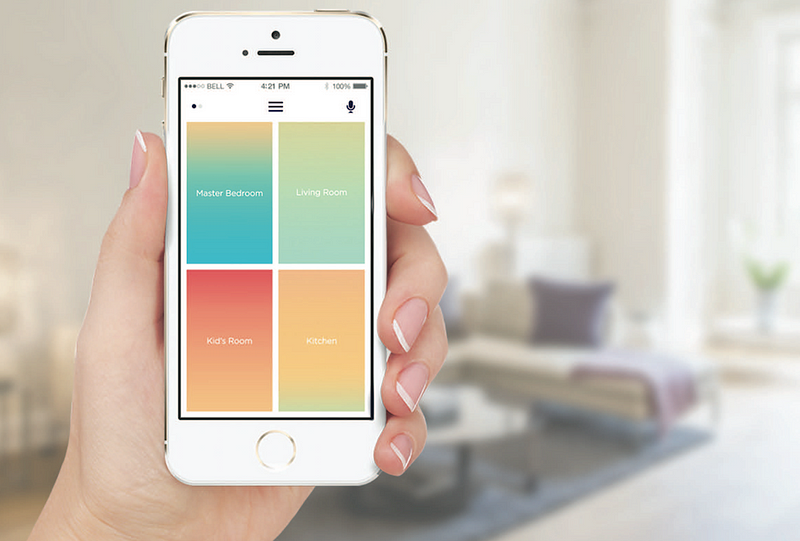
Eventually, cheaper embedded chips and more robust wireless networks will allow devices to independently connect to the internet and to each other. The myriad of wireless radios currently being used in disparate devices may be rolled into a home’s WiFi router — as Securifi has done with their Almond+ router — allowing for a single, ubiquitous device for handling all of a home’s connections to the internet. But until then, that tiny little box on top of your router will continue to act as the a home’s air traffic controller, bridging the connections between you, your devices and the internet.
This post was written by Silvia Krawczyk, Keen Home’s Community Intern.